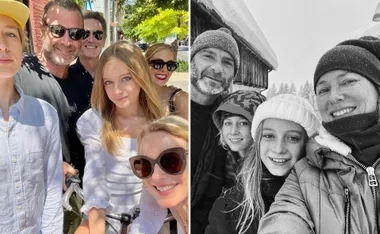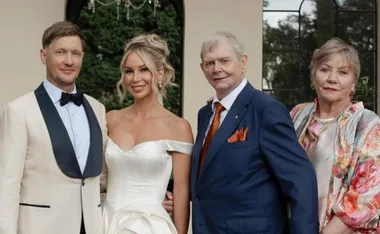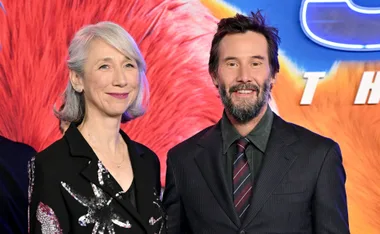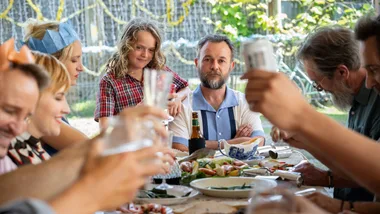She has been nominated for an impressive four Oscars, six Golden Globes, three BAFTAs and nine Screen Actors Guild Awards, but Julianne Moore is surprisingly grounded.
The mother of two, who is gearing up to play Sarah Palin in Game Change chats to Emily Weaver about her role in her hit romantic comedy Stupid Crazy Love alongside Steve Carell.
What do you think sets this film apart from other romantic comedies with big casts?
I think it starts with the script, I really do. I think that when you don’t pay attention to that, when you don’t have a basis for a movie and you just think I’m just going to put a bunch of, you know, movie stars in a movie and they’re going to look beautiful and they’re going to fall in love, it’s not going to work.
And when you think about all the great romantic comedies, you think about something like Annie Hall or When Harry Met Sally or Tootsie or any of the ones that we consider classics, you think about how strong the scripts were. And this one, I think, has that. It has that kind of structure.
Working with Emma Stone on this film, did you even give her any advice or just let her be?
I always say, ‘Don’t say anything unless you’re asked,’ although I love to give advice. I mean, she’s so wonderful. She’s so talented and a lovely girl and I enjoy her so much, so, I mean, I don’t think she needs any help. She lives here in New York and we’ll continue being friends.
Emma had said that she was surprised at how grounded you and Steve and everybody were. She said that she thought it was because you put your families first.
It was nice that Emma said that. I think, yeah, I mean, I love my life. I love my career and my job and stuff. But I love my family and, like I said, that’s what our lives are about.
Freud always said you need love and work and you have to have that balance. And if you have a family that you care and you love about, and it kind of sustains you, and you have work that you enjoy, then you do feel balanced and you do feel really good.
I remember another young actress was telling me that her mom, who is also an actress, said to her, ‘Work is work. Compartmentalise that. Know that when you come home work is not your life.’
The chemistry between you and Steve Carell was just uncanny. Can you talk about working with him in this?
Thank you. It was so easy with him. He’s somebody whose work I admire so much. I think he’s got a real soulfulness and an ability to connect with an audience as well as with other actors.
So, obviously, the audience is feeling it; I’m feeling it; and then, on top of that, he’s got this impeccable comedic ability. It’s like something I’ve never seen before.
And he’s so humble about it. That’s what’s funny. So, he was just a pleasure. We had a lot in common. We talked a lot about our families and just about other stuff and it was nice. It was always nice to go to work and just be with him. He’s a really, really good guy.
The interesting challenge with this role and your role in the film The Kids are Alright is that you seem to take these characters who are having an affair and humanise them.
And do it twice, too, right? I know. You do think, ‘Is this a trend?’ Like, ‘What is this?’ It is challenging. It totally is, but then you realise that, I think, as you get older and you know people who have been married for a really long time, with the stuff you hear after a while, you’re like, ‘Okay, marriages can survive a lot. They really can.’ There was just, on the front page of the New York Times Magazine, that article about marriage and infidelity.
One of the things that I loved in that article, actually, was that they said that children deserve parents who are going to behave, have responsibility towards them and towards that family, basically that you have to allow marriage to withstand a lot if you’re in a family unit and I thought that was a great thing to put out there.
So, in both cases in these movies, you see someone who has acted out because of some reason in the relationship, but doesn’t want out of the relationship necessarily, just wants something different in their lives.
It’s also interesting to see it unfold through a woman’s point of view. You really never see that.
No, you don’t. It was kind of nice to see someone saying, ‘Hey, I don’t want to be living my life this way. I’m not satisfied with it. I want things to be different.’
Is there any humane way to break up with someone?
Oh, God, no, I don’t think so. I don’t think so. I think somebody’s always going to be hurt. Even if they see it coming. I mean, I don’t know that I’ve ever been on either end of it and felt like it went well.
Crazy Stupid Love is out on DVD and Blu-Ray now.
Newsletter conversion description. Get the latest in your inbox.


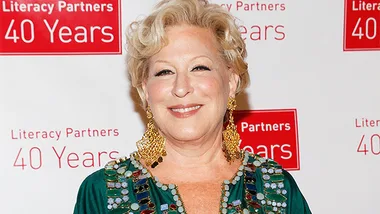


















.png?resize=380%2C285)


